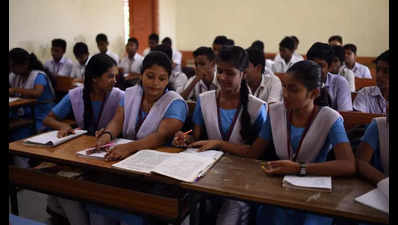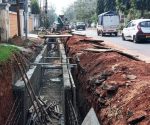Only 40% of Class III students in rural Odisha can read Class II text: ASER | Bhubaneswar News

Bhubaneswar: Low foundational skills in reading and arithmetic, limited digital literacy and infrastructural inconsistencies continued to challenge Odisha’s education sector, revealed the Annual Status of Education Report (ASER)-2024 released Tuesday. The gaps remained across classes despite some positive trends, it said.
Only 40% of Class III students in rural Odisha could read a Class II-level text. Similarly, basic arithmetic skills showed similar gaps, with 70% of children in Class III in govt schools unable to perform subtraction, the report said.
Only 57.2% of Class V students could read a Class II-level text in 2024 — an improvement from 2022 — but still leaving nearly half of them without adequate reading skills. Arithmetic proficiency also remained low, with just 29.7% of Class V students able to solve division problems.
While smartphone access among adolescents aged 14-16 is high at 83.2%, only 21.5% of them own a device. Furthermore, only 61.7% of adolescents reported using smartphones for educational purposes, raising concerns about the effective integration of technology in learning. Digital literacy tasks revealed mixed results, with significant gaps in critical skills like browsing for information or safely managing social media profiles.
Although electricity connectivity in schools improved to 97.7%, availability of drinking water has stagnated since 2022. Many schools still lack advanced teaching aids, with over 7% failing to meet basic teaching-learning material (TLM) requirements in classrooms.
The implementation of three-month ‘school readiness’ programmes for Class I students, while higher than the national average, did not cover 15% of govt schools, potentially disadvantaging thousands of young learners. The report revealed preschool enrolment remains high, while enrolment rates for children aged 3-5 have stagnated, with a slight dip observed in some age groups.
“The findings of the report highlight Odisha’s struggle to achieve universal foundational learning and digital literacy. Despite high enrolment rates, the state’s education system has yet to fully deliver on its promise of quality education. There is a need for focused interventions to address gaps in foundational skills, digital education and school infrastructure to ensure equitable learning outcomes for all children,” said Anil Pradhan, an RTE activist.
The survey covered 30 districts, assessing 17,647 households and 28,541 children aged 3-16.
















